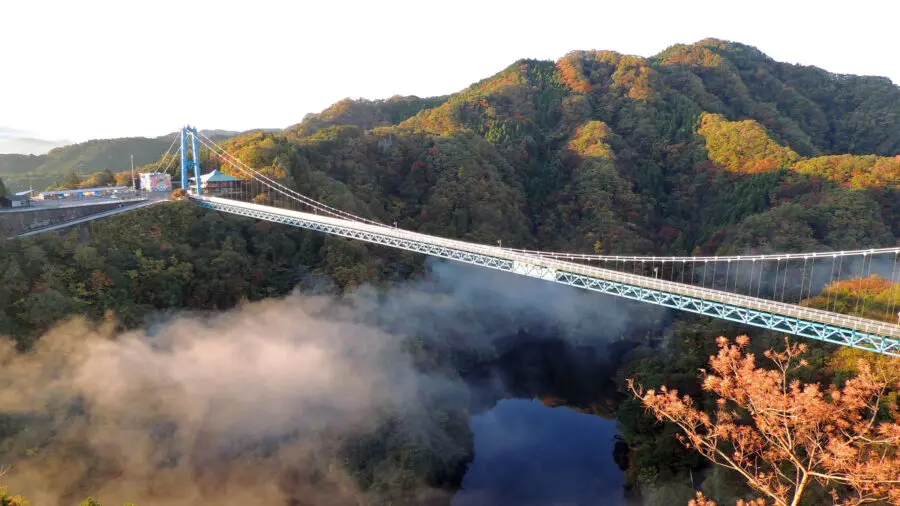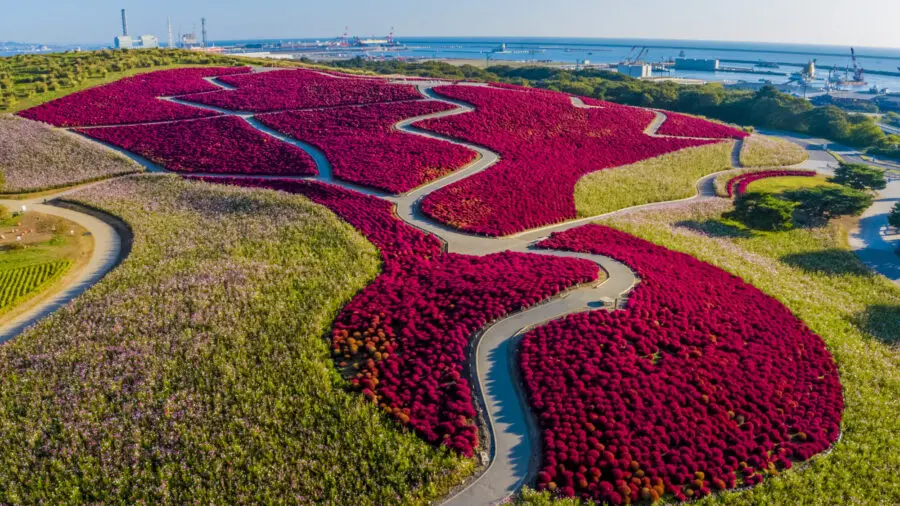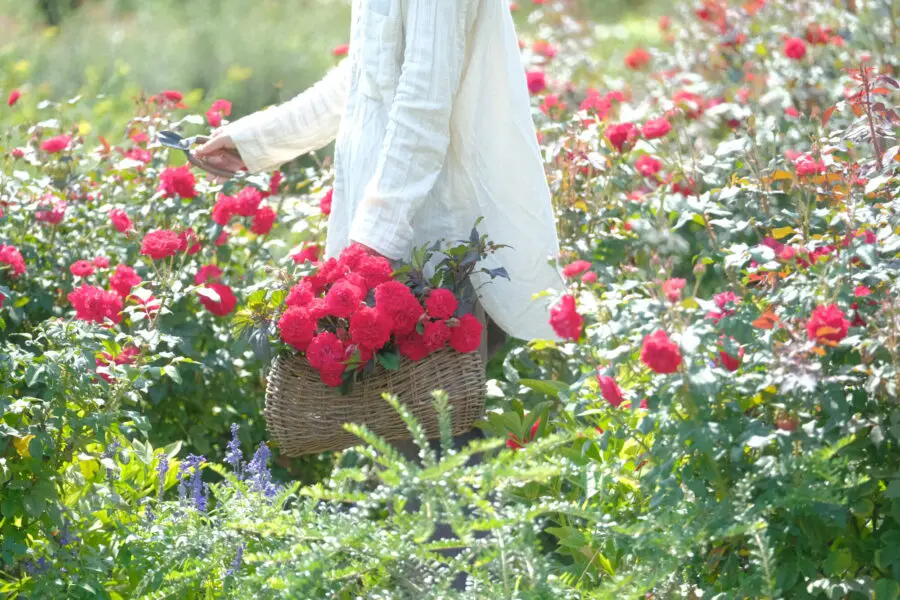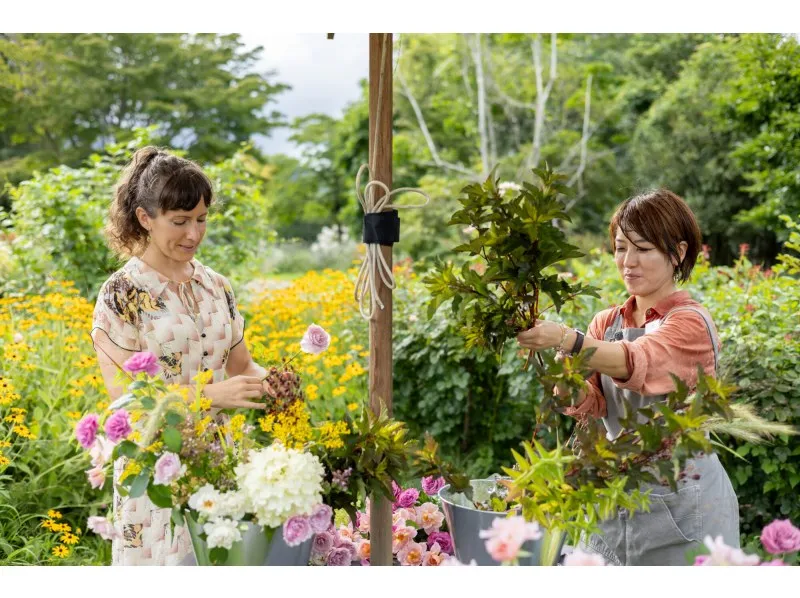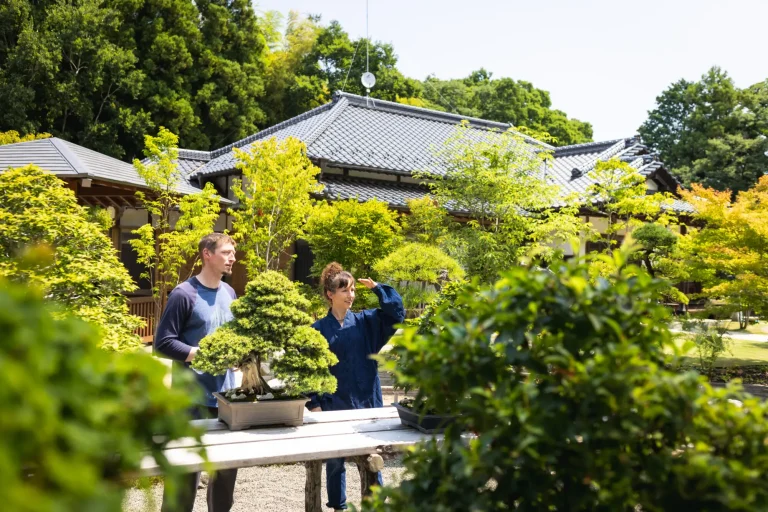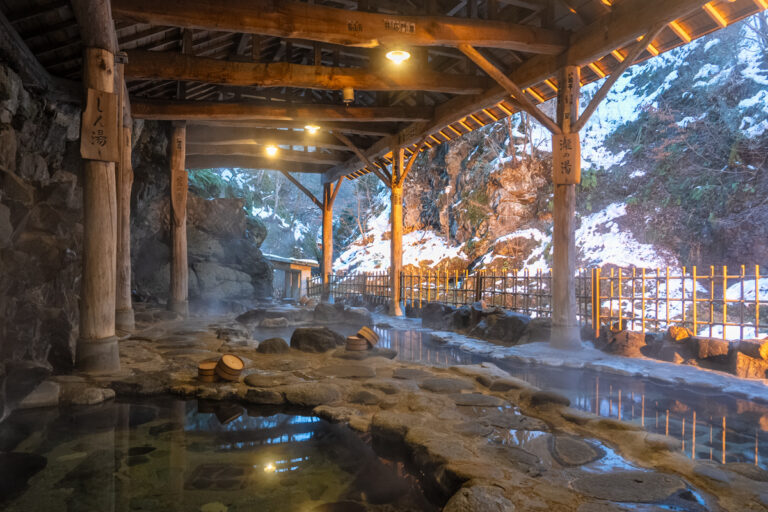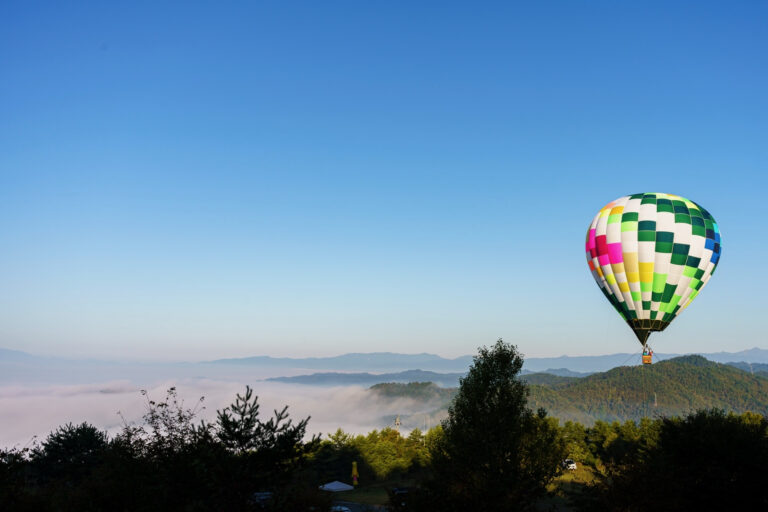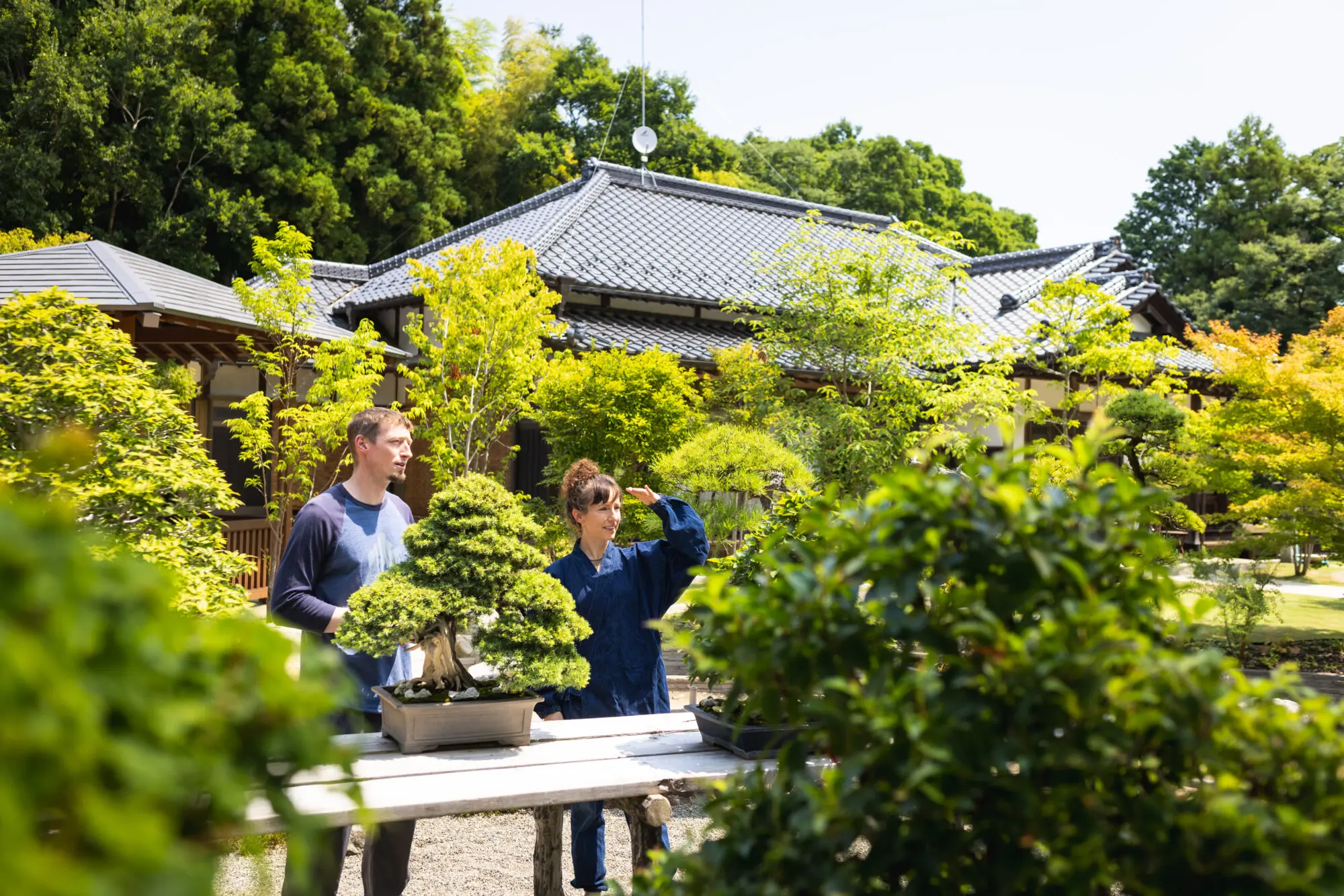
Bonsai, Pottery, and More: In-depth in Ibaraki
Ibaraki Prefecture
Ibaraki is an ideal addition to any Japan itinerary not only for its convenient location, but also for its seasonal landscapes and wealth of one-of-a-kind experiences. Despite its proximity to Tokyo, Ibaraki offers a completely different landscape and boasts many of the charms that visitors to Japan find to be missing in the big city.
Ibaraki is perhaps best known for its seasonal floral landscapes, but its rich nature also allows agriculture to thrive. As a result, delicious food and drink made from locally sourced ingredients abound. The prefecture offers in-depth, hands-on experiences related not only to flowers and food, but also traditional craft like bonsai and pottery, and even thrills like bungee jumping and waterfall meditation. Click the link at the bottom of the article to view Ibaraki package tours, or contact us directly for more details.
Multi-day pottery and bonsai shugyo workshops
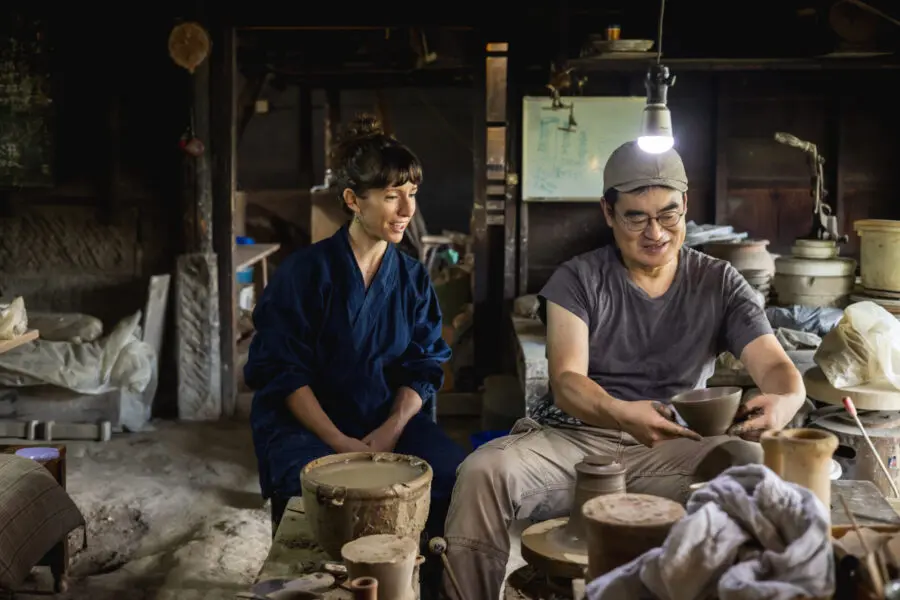
Perhaps nowhere else in Japan are such in-depth experiences in pottery and bonsai available to international visitors. As multi-day shugyo, these go well beyond the average hands-on crafting experience. Shugyo means “training” or “practice.” The word is often associated with the ascetic training practices of mountain monks, but nowadays is also used to describe deep and somewhat challenging experiences in a variety of disciplines. For the pottery shugyo, visitors train under a Kasama ware artisan for three days. Kasama ware is a style of pottery that originated in Kasama, Ibaraki in the 1700s and is of such cultural importance that it has been awarded the Japan Heritage designation. Participants try their hand at not only shaping clay, but also making it and firing it. By the end of the workshop, participants will have not only shaped but also fired their own guinomi cup to take home. Large pottery items shaped during the shugyo are fired in the workshop’s large climbing kiln later in the year.
Train in the private garden of a bonsai master
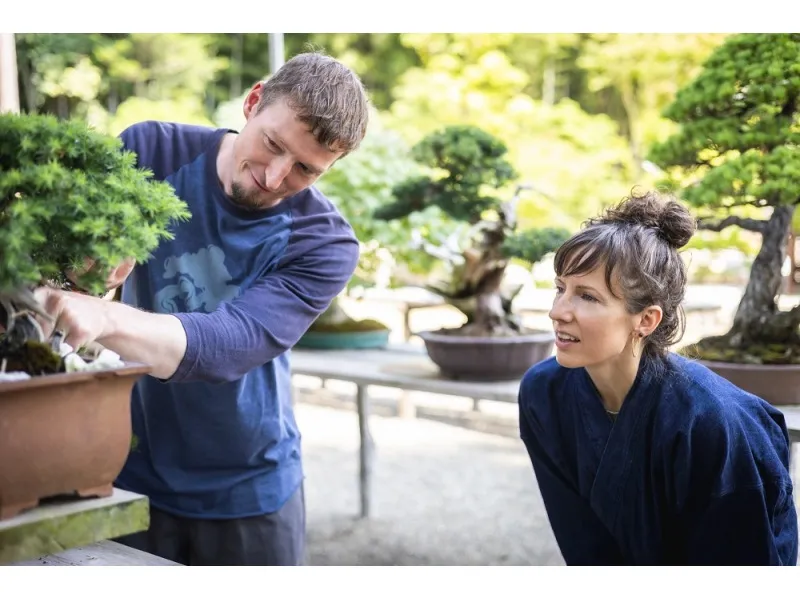
The bonsai shugyo takes place on the grounds of a bonsai master’s property, a secret garden of miniature trees ensconced behind a wild bamboo grove. Over the course of three days, visitors learn about the cultivation and aesthetics of bonsai and experience cutting, wiring, and shaping one. The finished bonsai can be taken home to treasure for generations (overseas shipments subject to import regulations).
Explore Ibaraki cuisine
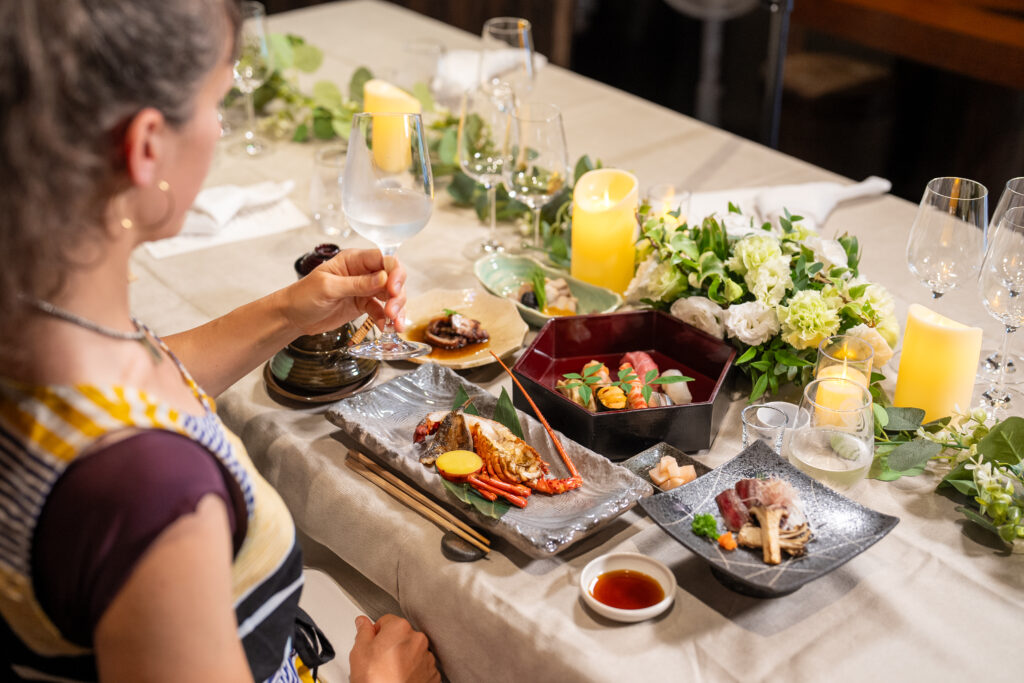
Ibaraki is a top producer both in terms of quantity and quality. It is known among Japanese people for traditional foods like anko nabe seafood hotpot and natto, but also produces top quality foods esteemed worldwide, like wagyu beef and spiny lobster. Ibaraki is the prefecture home to the greatest number of sake breweries in the Kanto region, not to mention wineries, craft beer breweries, and one of Japan’s best whisky distilleries. Enjoy a luxurious combination of Ibaraki cuisine and sake with a pairing course dinner at a historic brewery in the area.
Yasato Distillery, a whisky distillery operated by the longstanding Kiuchi Shuzo sake brewery, is located in Ishioka, Ibaraki. Unlike most Japanese whisky distilleries who rely on imported barley, Yasato grows their own. Tours of the Yasato Distillery culminate in a tasting flight of their complex yet utterly smooth whiskies, paired with a charcuterie board of meats and bread that aren’t just local, but also sustainable and tied to the brewery itself. Take their smoked ham, for example: pigs are fattened on the distillery’s spent grain, and the resulting meat is smoked over wood chips made from the distillery’s spent barrels.
Seasonal landscapes and bouquet making
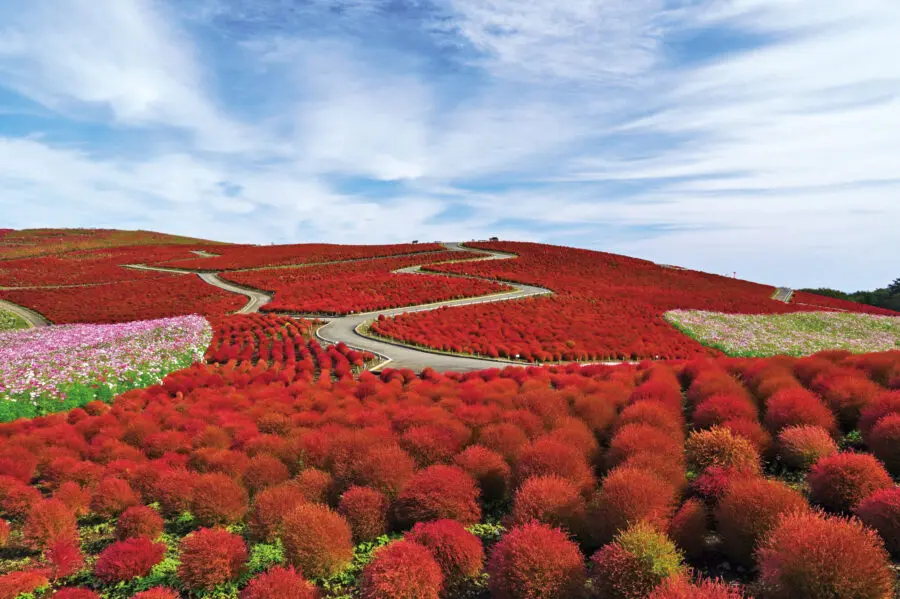
Despite Ibaraki’s wealth of craft and cusine, what it remains best known for is its seasonal landscapes, particularly floral ones. The nemophila meadow and kochia hill of Hitachi Seaside Park are the most famous. The latest addition to Ibaraki’s flower destinations is the newly revamped Ibaraki Flower Park. With the renovation overseen by one of Japan’s biggest names in the floral industry, the grounds feature not only attractive flowers and landscaping, but also a chic restaurant and bouquet making experience—pick flowers in the garden alongside a professional florist, then fashion them into a stylish bouquet together. For those who like to travel in style, Mie Kotsu is currently offering visits to both of these parks by private helicopter from Tokyo.
Exhilarating outdoor experiences
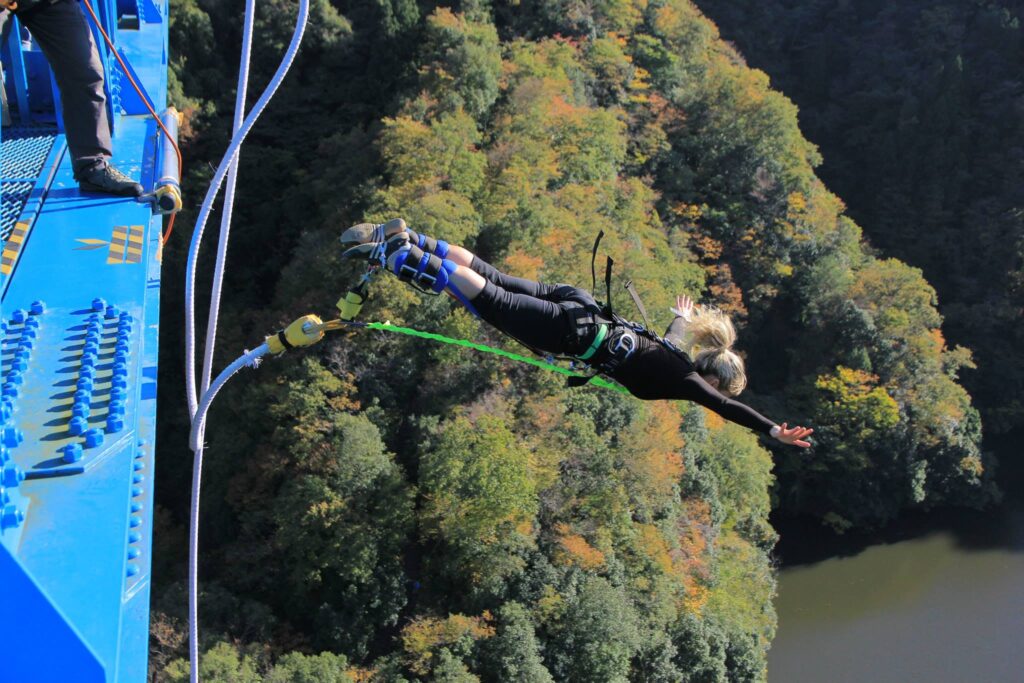
The nature of Ibaraki makes a great backdrop for exhilarating activities ranging from bungee jumping to takigyo waterfall meditation. At Ryujin Bridge, brave souls can take a 100-meter plunge—the highest non-wingsuit bungee jump in Japan. At Tsukimachi Falls, the simple and approachable takigyo waterfall meditation offered focuses more on refreshing and recharging heart and mind than any sort of religious worship, so is a welcoming activity for travelers of any faith.
Booking activities and getting to Ibaraki
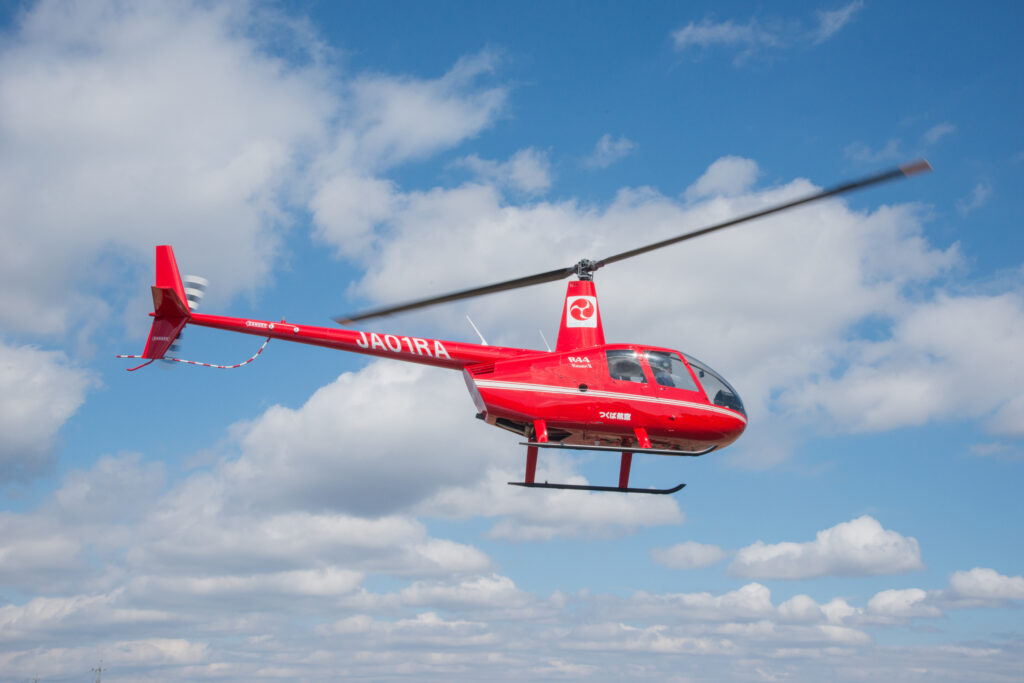
With Ibaraki being located just one hour from both Tokyo and Narita Airport, it makes for an easy day trip from either … but once you’re here, you’ll find yourself wanting to spend multiple days! Located only about forty kilometers northwest of Narita, Ibaraki is actually closer to this “Tokyo” airport than Tokyo itself is. Ibaraki is connected to Narita Airport by direct highway bus. Most visitors coming from Tokyo access Ibaraki via limited express train, but for those looking for something more exclusive, private helicopter arrangements are also available.
For more information and to book package tours, visit the official Ibaraki Destination Campaign Special Plans website, or reach out to us via our contact page.
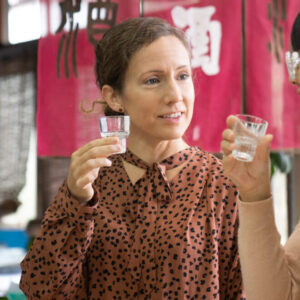
Wesley Keppel-Henry
Read more...
A photo journey through Miyagi Prefecture with a group of tourism professionals from across Japan for a week long trip.
Discovering the Okitama Region through Immersive Outdoors and Cultural Experiences.

